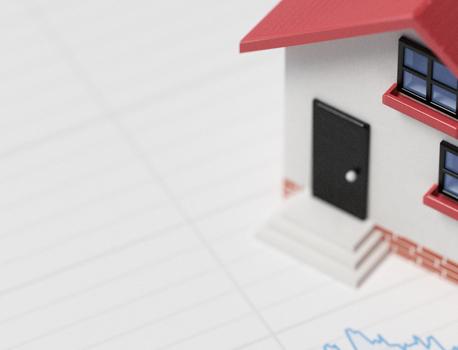You’ve been searching online for just the right home, cruising neighborhoods looking for the “that’s it!” house, and picturing yourself on your shady new porch. You know there’s plenty to do before you get to the really serious house hunting, but it’s hard to resist.
Hang on, you’re almost there. You’ve got to have one thing in hand before the fun begins: your preapproval letter.
Prequalified or preapproved?
Mortgage terminology can be confusing. One important milestone to becoming a serious buyer is understanding the difference between being prequalified and preapproved.
Prequalifying means you’ve been initially screened by a lender. It is only getting your foot in the door. Usually, you will submit some basic information, and the lender will provide a rough estimate of what you might be able to afford. Frankly, this won’t help much in your efforts to seal a handshake deal on a home.
On the other hand, preapproval takes the preliminary loan process a step further. Additional financial information is gathered, likely including a credit report. In some instances, you might be asked to provide many of the same documents that will be required to complete the actual loan process, including tax returns, bank statements, and employment verification. With a preapproval letter from your lender, real estate agents and sellers know you are a serious buyer.
This letter can be shown to sellers when bidding on a property. It proves that you already have the backing and the ability to go through with the sale, which makes you a much more attractive buyer to sellers.
What documents will you need?
We mentioned you’ll need to provide some information when applying for preapproval, to demonstrate your financial history and reliability. This may include:
- Personal information such as your driver’s license, Social Security number, marital status, contact information and address
- Recent statements from your bank accounts and any investment accounts. (Exactly how far back you’ll have to go depends on the lender.)
- Employment information, including where you have worked and for how long, as well as recent paycheck stubs and W-2 income tax forms for the last two years
- Your total monthly expenses, which includes bills you pay regularly
- Your overall financial condition, which includes all of your assets (stocks, 401(k), IRAs, bonds, cash) and all of your liabilities (any debts such as credit card debt, student loans, car loans)
- Profit and loss statements if you are self-employed
- Rental property income
- Canceled checks for rent, which shows your payment history
- Gift letters, if you are using a gift from a relative to help cover the down payment
It’s helpful to create a folder in Google Drive or Dropbox where you can upload and update all documents in one place. If you wind up ultimately choosing a different lender than the one you used for your preapproval, you’ll be able to share documents with just a few clicks.





